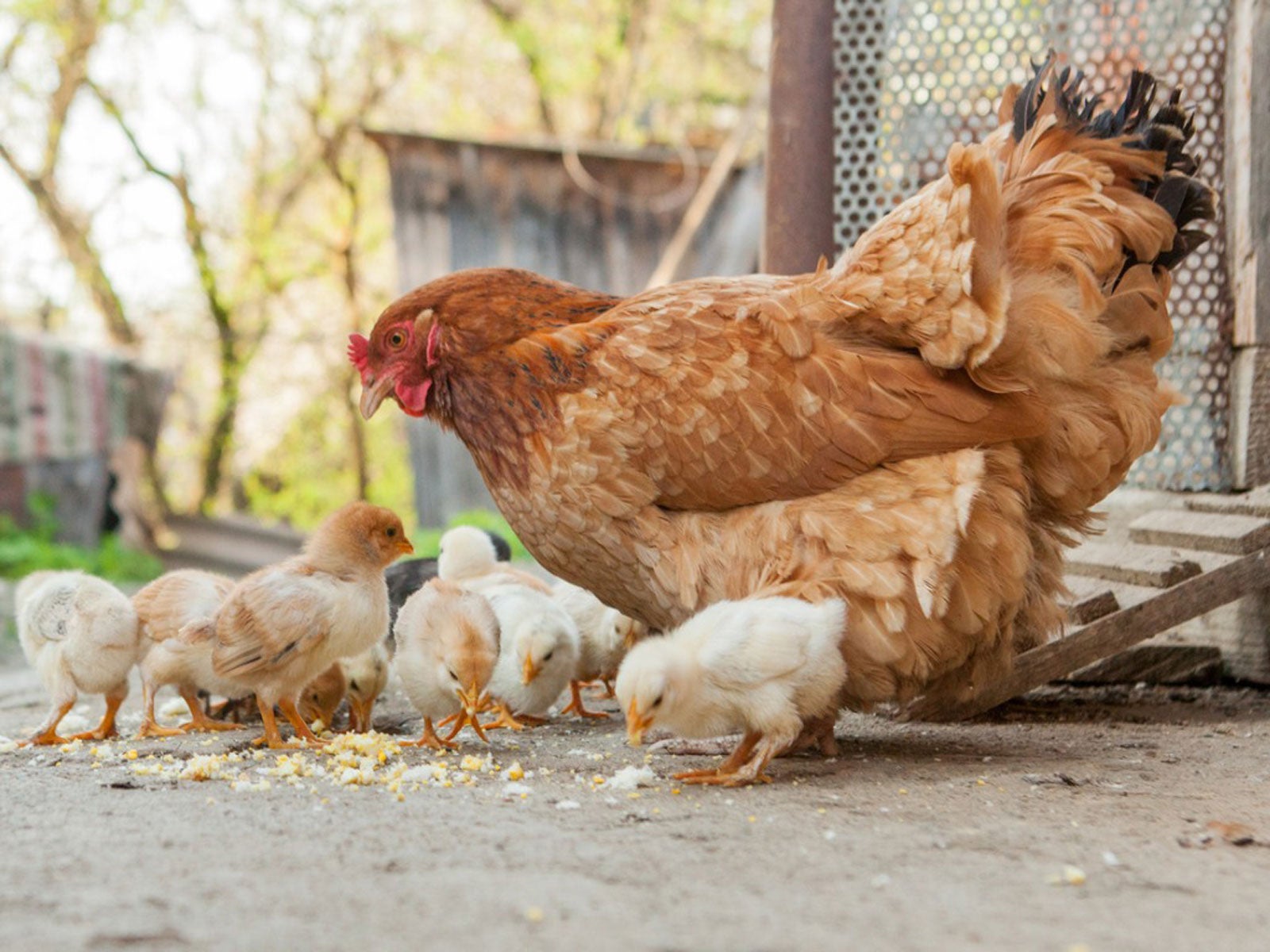Homesteading Information: Tips On Starting A Homestead


The modern life is filled with wondrous things, but many people prefer a simpler, self-sustaining way of life. The homesteading lifestyle provides people with ways to create their own energy, conserve resources, grow their own food, and raise animals for milk, meat, and honey. A homesteading farm life is a classic example. While this may not be for everyone, some of the simpler practices can be used even in urban settings.
Homesteading Information
What is homesteading? Starting a homestead is often thought of as a ranch or farm. Usually, we think of someone who lives outside of society's food and energy chains. A look at homesteading information informs us that the goal is self-sufficiency, which may even go as far as avoiding money and bartering for any necessary goods. Broadly, it means doing what you can for yourself in the space in which you live.
Homesteading used to be a pioneer term that meant you had been deeded government land to use and develop. It is how regions became settled and contributed to much of the spread across North America. During the beatnik and hippy era, the term came back into fashion as disillusioned young people formed their own living situation away from cities.
The homesteading lifestyle is back with a flourish due to conservation concerns, questions about our food supply, the high cost of urban living, and a scarcity of good housing in modern metropolis centers. It is also part of the DIY movement, embraced due to its fun way to fill your own interests.
Homesteading Farm Life
The most extreme example of starting a homestead is a farm. On a farm you can grow your own fruits and vegetables, raise animals for food, provide your own power with solar panels, and much more.
Such intense homesteading may also include hunting and fishing, foraging, making your own clothing, keeping honeybees, and other methods of providing for the family. It also usually includes sustainable agriculture practices and conservation of resources such as water.
The end goal is to have everything you need available, but you put in the hard work of creating and harvesting.
Gardening tips, videos, info and more delivered right to your inbox!
Sign up for the Gardening Know How newsletter today and receive a free copy of our e-book "How to Grow Delicious Tomatoes".
Using Homestead Practices in Urban Settings
Even a committed urbanite can enjoy homesteading. Driving out to a U-pick farm in the country or keeping your own chickens are common enough.
You can also plant a small garden, keep bees, encourage beneficial insects, practice composting, pick mushrooms in season, and more. Even a condo dweller can compost their kitchen scraps with small vermicompost on the patio or lanai.
Being mindful of choices and respecting nature are two main practices of homesteading. Doing as much as you can for yourself is key to homesteading in any area.

Bonnie Grant is a professional landscaper with a Certification in Urban Gardening. She has been gardening and writing for 15 years. A former professional chef, she has a passion for edible landscaping.